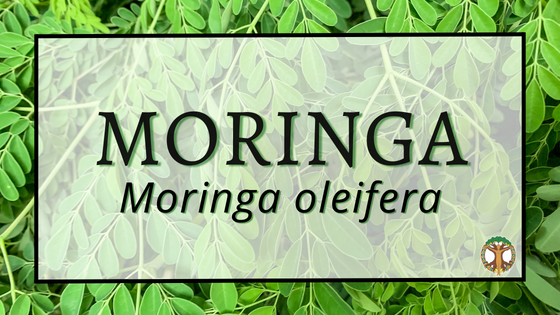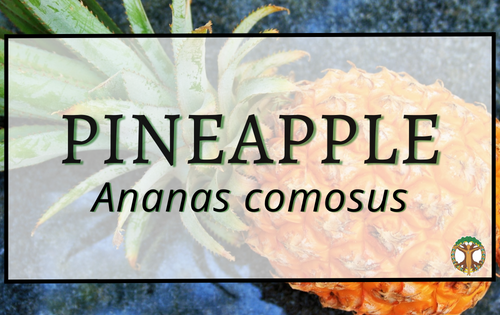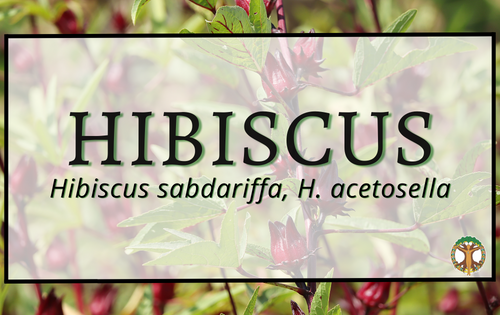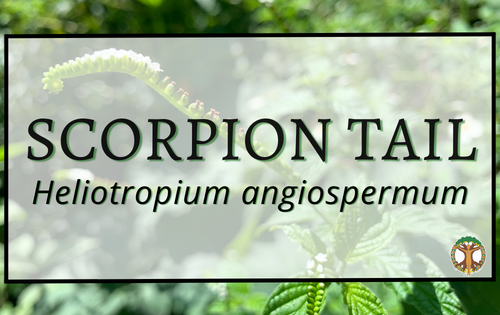
Moringa
- Plant of Month profile contributed by Jessica Grandey
Common Names
Wonder Tree, The Divine Tree, The Miracle Tree, Drumstick tree, West Indian Ben, Bridal Veil, Muringa/Muringai (Tamil), Jacinto (Spanish), Sahijan, Munaga (Hindi), Shigru, Shobhanjana (Ayurvedic). Benzolive Tree, or Ben Oil Tree
Latin Name Moringa oleifera
Family Moringaceae
Habitat
Native to the Himilayan Mountains in India and has been introduced to the majority of Asia, Africa, Europe and the Americas. Moringa is a deciduous, perennial tree that grows easily in tropical and subtropical climates throughout the world. It is one of the most commonly cultivated food trees in the world. It loves dry sandy soil, is drought tolerant and grows very quickly from both seed and cutting.
Parts Used
The roots, bark, stems, leaves, seed pods, resin and flowers.
History/Tradition
For thousands of years, moringa leaf has been a source of nutrition. It has been known as the most useful and nutrient-rich plant yet discovered. The leaf is used extensively in Ayurveda and is typically steeped as moringa tea. In the Ayurvedic tradition, they have around 300 uses for it. The name “Moringa” is derived from the Tamil (language spoken in southern India and northeast Sri Lanka) word ‘murungai’ meaning twisted pod. And ‘oleifera’ is Latin meaning ‘oil-bearing’ due to the seeds’ high oil content.
It was used in Indian medicine around 5,000 years ago, and there are also accounts of it being utilized by the ancient Greeks, Romans, and Egyptians.
Energetics
Flavor : Bitter
Temperature : Heating
Moisture : Dry
Tissue State: Tight
Indications
Malnutrition, Microbial infection, Cancer and Tumors, Heart Disease, Frequent UTI, Sluggish Immune System, Dropsy, Skin Irritation, Digestive Distress
Systems
Immune, Digestive, Urinary, Cardiovascular, Lymphatic
Actions
Antibacterial, antifungal, antiviral, antiparasitic, hepatoprotective, hypotensive, cancer preventative and antitumor, cardiac tonic, urinary tract tonic, thyroid tonic, lactogogue, immunostimulant, antirheumatic, astringent, abortifacient,
Nutrition
Moringa has been suggested as a possible cure for malnutrition in the world. The fresh or dried leaves contain a wide array of B vitamins, and vitamins K, E, D, C and A. Also the leaves have the minerals manganese, copper, magnesium, zinc, phosphorus, iron, potassium, sodium, calcium, and a good amount of protein, amino acids and other essential compounds. Fresh moringa leaf contains about 4 times the calcium of milk, 7 times the vitamin C of oranges, twice the protein of yogurt, 4 times the vitamin A of carrots, and close to as much iron as spinach.
The vitamin C gets lost in the drying process, but dried leaf contains about 15 times the amount of potassium found in a banana, about 10 times the amount of vitamin A as a carrot, 9 times the protein of yogurt, 17 times the calcium found in milk, and 25 times the amount of iron in spinach.
Cautions
No known cautions if eating the leaf in moderate amounts
Constituents
Phytosterols like stigmasterol, sitosterol and kampesterol in addition to its many vitamins and minerals
Culinary Use
Moringa leaves can be eaten raw in salads, pickled, blended into smoothies, chutney, guacamole and pesto. The leaves are also cooked in soups, sauces, meat dishes, rice and curries. The powdered leaves are used in many ways including as an ingredient in baked goods, ice cream, ice pops, as a topping for popcorn, roasted chickpeas, chia pudding, hot cereals and a variety of beverage recipes. The dried powdered leaves are often added to baby formulas for the high nutrient content.
The immature seed pods, commonly called drumsticks, are often eaten like asparagus.
The roots are used as a condiment sometimes due to the similarities in taste to horseradish.
The flowers are eaten in omelets, on salads and the dried flowers are commonly used in a Bengali style curry dish called Sonje Phool Bati Chorchori.
Other Uses
The whole tree has been used for erosion control. The timber has been used for building materials for shelter.
The seed is high in oil known as Ben Oil, used in arts and for lubricating watches and other delicate machinery. The fibers remaining after extracting the oil are one of the best plant-derived water clarifiers.
A formula made from the leaves is sprayed on plants in South America for nutrient supplementation.
The leaves and young branches are fed to livestock. The bark is used in tanning and for fiber.
Moringa is now being considered as potential source for biodiesel. The seed oil is used in cosmetics and hair care. Other parts of the tree are used in textile printing, as an insecticide, a fungicide and as lubricants. The wood makes blue dye. In permaculture/landscape design the trees are used as natural fencing and as wind barriers.
References:
https://mountainroseherbs.com/moringa-leaf
https://www.herbrally.com/monographs/moringa
https://herbologymanchester.wordpress.com/category/materia-medica-2/
https://www.findyourfate.com/astrology/plants/vegetables/drumstick.html






